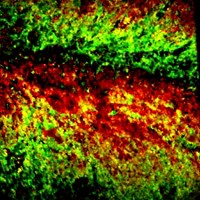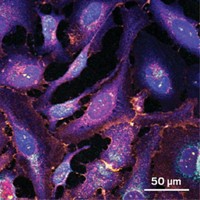Advertisement
Grab your lab coat. Let's get started
Welcome!
Welcome!
Create an account below to get 6 C&EN articles per month, receive newsletters and more - all free.
It seems this is your first time logging in online. Please enter the following information to continue.
As an ACS member you automatically get access to this site. All we need is few more details to create your reading experience.
Not you? Sign in with a different account.
Not you? Sign in with a different account.
ERROR 1
ERROR 1
ERROR 2
ERROR 2
ERROR 2
ERROR 2
ERROR 2
Password and Confirm password must match.
If you have an ACS member number, please enter it here so we can link this account to your membership. (optional)
ERROR 2
ACS values your privacy. By submitting your information, you are gaining access to C&EN and subscribing to our weekly newsletter. We use the information you provide to make your reading experience better, and we will never sell your data to third party members.
Synthesis
Tagged Metals Are Ready To Star in Action Movies
April 28, 2008
| A version of this story appeared in
Volume 86, Issue 17
A new family of fluorescent compounds may enable transition-metal-catalyzed reactions to be imaged at the single-molecule level, according to a study by Stephen M. Canham, Suzanne A. Blum, and coworkers at the University of California, Irvine (Organometallics, DOI: 10.1021/om800228v). The advance may lead to novel procedures for probing catalytic reaction mechanisms as well as insights into designing catalysts. The compounds, which are based on dipyrromethene boron difluoride (BODIPY, shown), serve as fluorescent tags by forming complexes with catalytic metal centers. These complexes can be monitored as individual bright spots via single-molecule fluorescence microscopy (SMFM). Until now, SMFM has generally been limited to investigations of biological systems or has been applied in ways that require the fluorescent tag to undergo a specific type of chemical reaction in order to image the tagged species. The UC Irvine group has broadened the reach of SMFM by synthesizing amine, alcohol, and other BODIPY derivatives and using them to tag and probe individual palladium(II) complexes. The group is in the process of applying the method to other transition-metal complexes and developing methods to image individual bond-forming events.






Join the conversation
Contact the reporter
Submit a Letter to the Editor for publication
Engage with us on Twitter